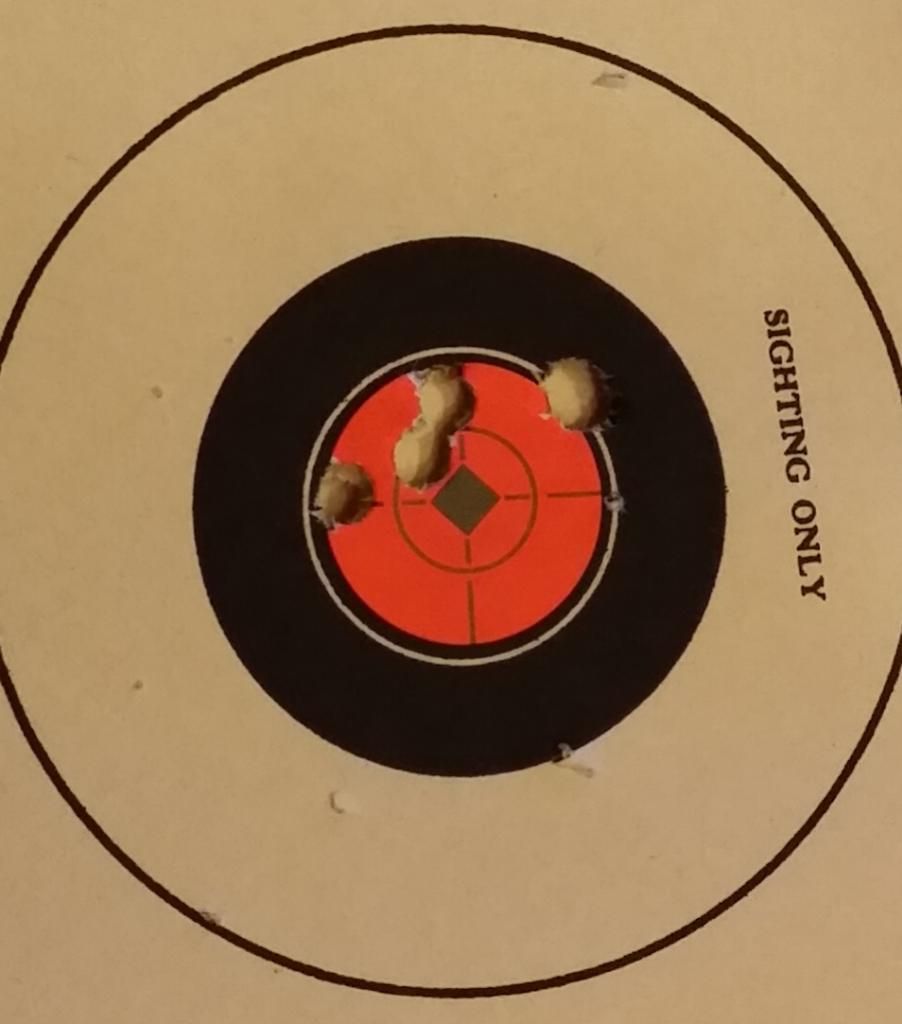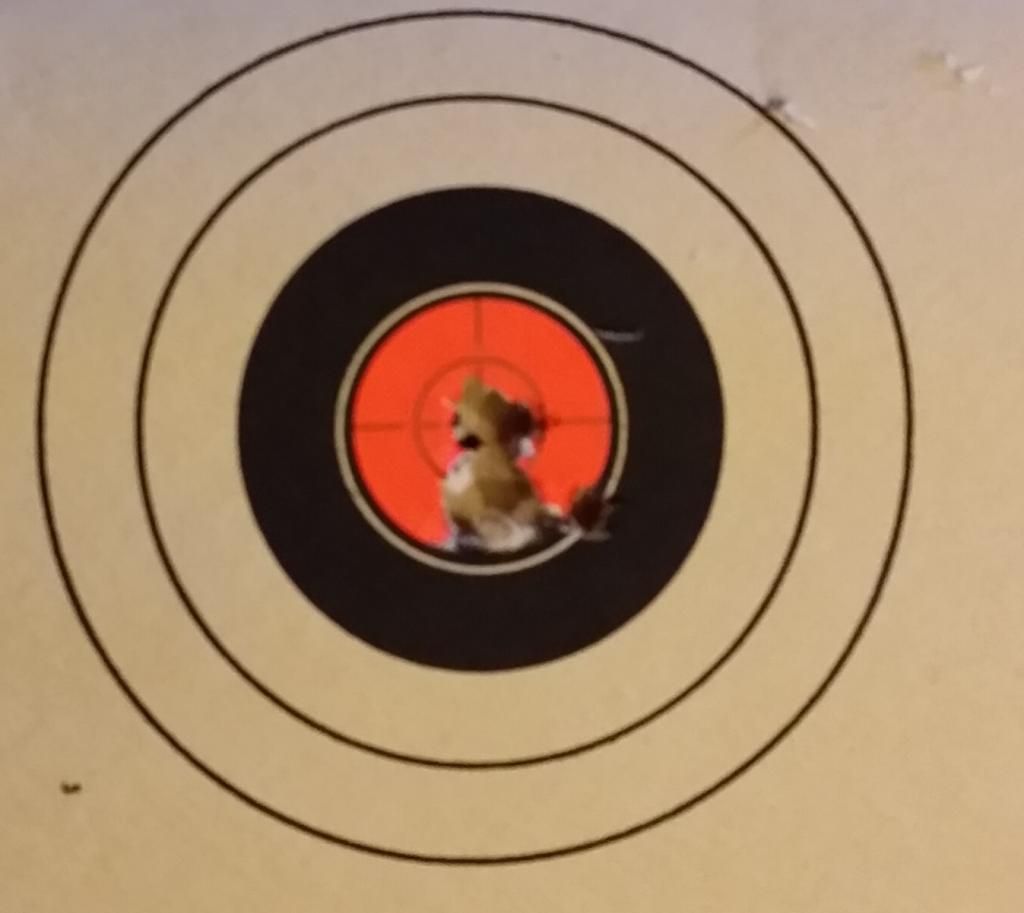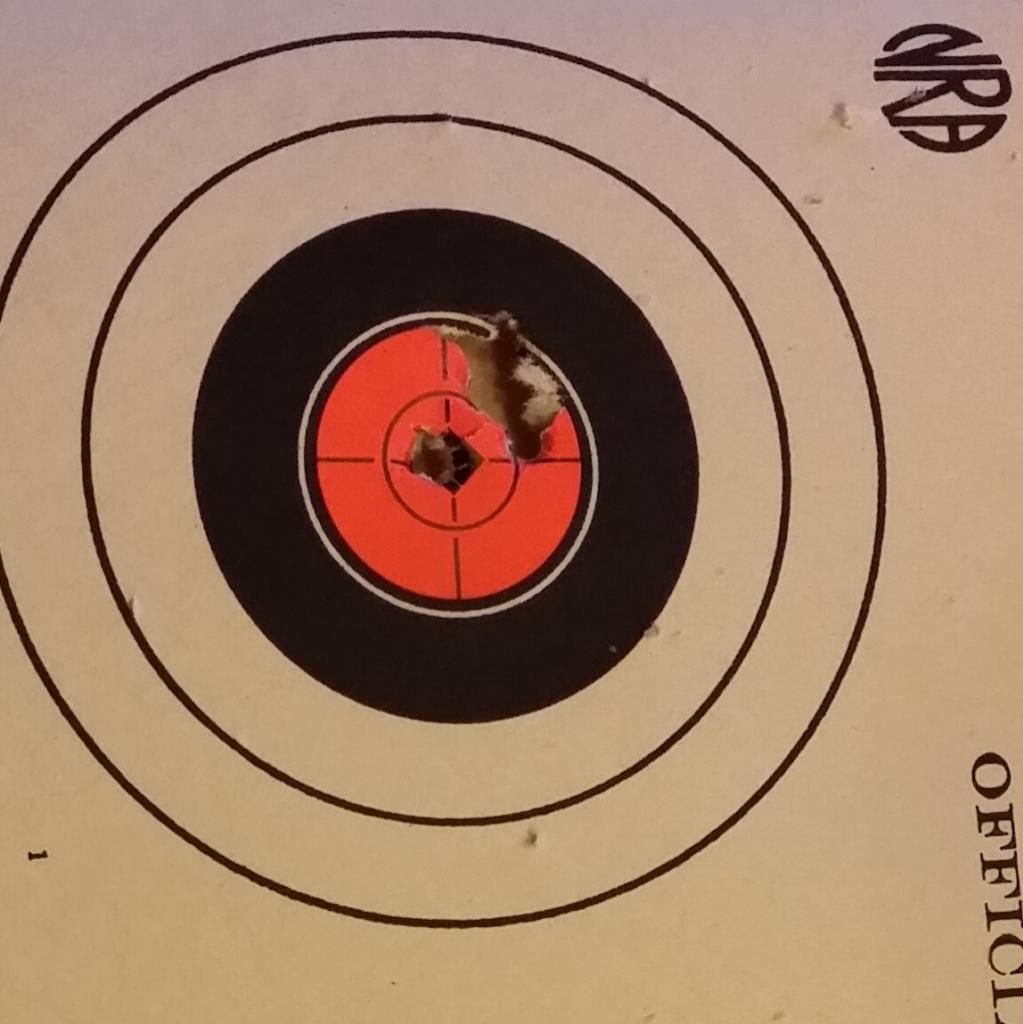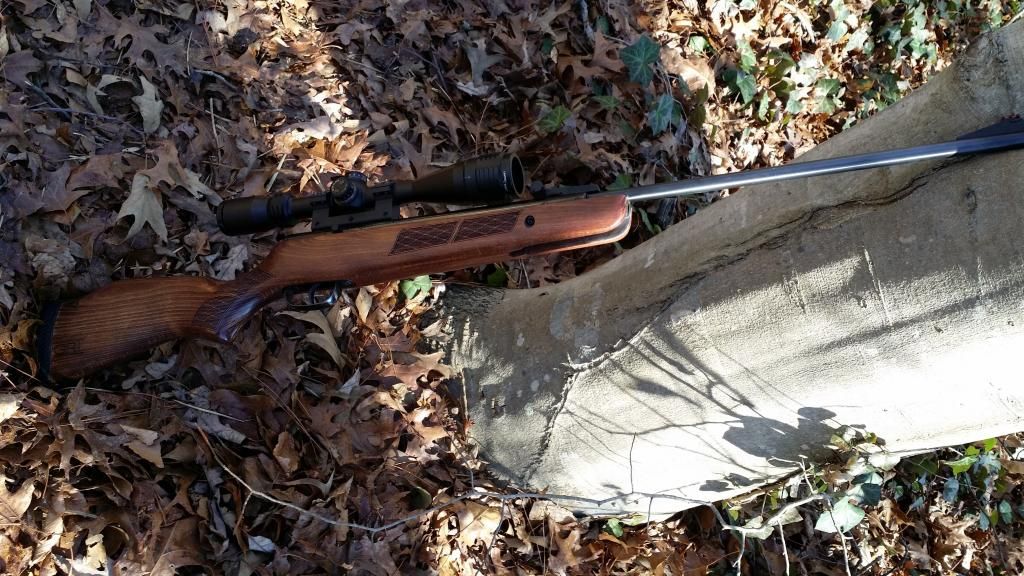I have a BSA GRT Supersport SE in .22 cal. that is really pretty nice to shoot. Compared to my other break barrels it is pretty nice. The cocking effort is really smooth and the shot cycle is really nice compared to my traditional spring guns. I'm not saying that it is my favorite or that it is necessarily any better than my other guns, but there is no felt torque and it's easy to watch the sight picture throughout the shot cycle because the gun doesn't jump around during recoil. I've read that some pistons are tunable, i.e. the gas volume can be increased or decreased, so I'm wondering if the gas piston is going to eventually dominate this type of power system. The one down side of my BSA is noise level. It sounds almost like a 22 rimfire bolt action with a tight bore. Not as loud as some semi autos, but it definitely has that crack when fired. I'm speculating that gas may eventually dominate. What do you guys think?
Aside from my inquiry on what everyone else thinks is going to be the dominant "spring" in 30 or 40 years, I thought I'd say a little about my BSA, since I don't think there are many around. I like mine a lot, but there are some issues with it. It is built by Gamo and I think that Gamo owns BSA now. The stock is really pretty nice but it was touching the left side of the breech block and I had to remove a little wood to prevent the pressure. It was an annoyance and something that BSA/Gamo should have noticed but not worth sending the gun back over since I fixed it. The front sight is fiber optic and all plastic and is unprotected by a globe. Honestly, how hard is it to put a globe on a plastic sight that the factory should know is going to get broken?
The barrel seems to be pretty good and the gun isn't very picky about what it shoots, but point of impact changes with every brand of pellets. That makes no sense to me, but if I'm shooting JSB's and decide to try some FTT's the group sizes will be about the same but not in the same location.
The trigger is a Gamo SAT trigger, BUT the safety is not Gamo and consequently none of the aftermarket triggers work unless you want to completely ditch the saftey. Another reason the aftermarket triggers don't fit is that the pin the trigger pivots on is not a separate piece but is part of the molded trigger. So, even if you want to ditch your safety, you will have to fabricate a pin to go into the hole in the GRT3 aluminum trigger. The trigger doesn't feel bad, it is just heavy for my taste.
That is all I have against the gun, but I like it very much. The safety is NOT automatic. I like that a lot! I think there are some QC issues and I spent the extra $10 with PA to have them check it out before shipping it to me.
Aside from my inquiry on what everyone else thinks is going to be the dominant "spring" in 30 or 40 years, I thought I'd say a little about my BSA, since I don't think there are many around. I like mine a lot, but there are some issues with it. It is built by Gamo and I think that Gamo owns BSA now. The stock is really pretty nice but it was touching the left side of the breech block and I had to remove a little wood to prevent the pressure. It was an annoyance and something that BSA/Gamo should have noticed but not worth sending the gun back over since I fixed it. The front sight is fiber optic and all plastic and is unprotected by a globe. Honestly, how hard is it to put a globe on a plastic sight that the factory should know is going to get broken?
The barrel seems to be pretty good and the gun isn't very picky about what it shoots, but point of impact changes with every brand of pellets. That makes no sense to me, but if I'm shooting JSB's and decide to try some FTT's the group sizes will be about the same but not in the same location.
The trigger is a Gamo SAT trigger, BUT the safety is not Gamo and consequently none of the aftermarket triggers work unless you want to completely ditch the saftey. Another reason the aftermarket triggers don't fit is that the pin the trigger pivots on is not a separate piece but is part of the molded trigger. So, even if you want to ditch your safety, you will have to fabricate a pin to go into the hole in the GRT3 aluminum trigger. The trigger doesn't feel bad, it is just heavy for my taste.
That is all I have against the gun, but I like it very much. The safety is NOT automatic. I like that a lot! I think there are some QC issues and I spent the extra $10 with PA to have them check it out before shipping it to me.




